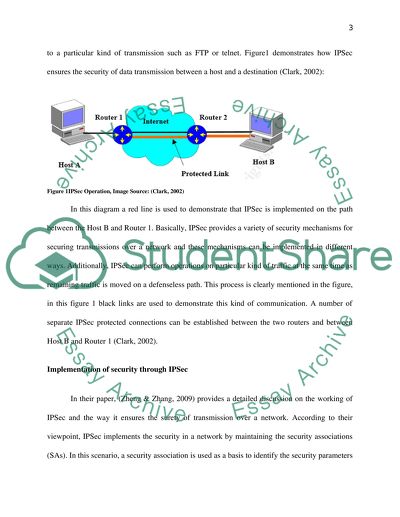Cite this document
(“Cryptographic overhead of IPsec Protocol suit Research Paper”, n.d.)
Cryptographic overhead of IPsec Protocol suit Research Paper. Retrieved from https://studentshare.org/information-technology/1492876-cryptographic-overhead-of-ipsec-protocol-suit
Cryptographic overhead of IPsec Protocol suit Research Paper. Retrieved from https://studentshare.org/information-technology/1492876-cryptographic-overhead-of-ipsec-protocol-suit
(Cryptographic Overhead of IPsec Protocol Suit Research Paper)
Cryptographic Overhead of IPsec Protocol Suit Research Paper. https://studentshare.org/information-technology/1492876-cryptographic-overhead-of-ipsec-protocol-suit.
Cryptographic Overhead of IPsec Protocol Suit Research Paper. https://studentshare.org/information-technology/1492876-cryptographic-overhead-of-ipsec-protocol-suit.
“Cryptographic Overhead of IPsec Protocol Suit Research Paper”, n.d. https://studentshare.org/information-technology/1492876-cryptographic-overhead-of-ipsec-protocol-suit.


